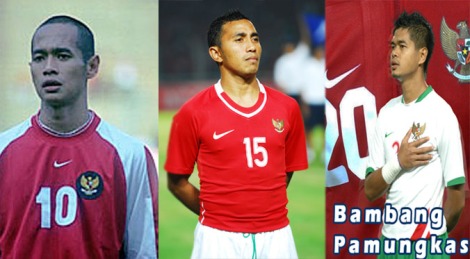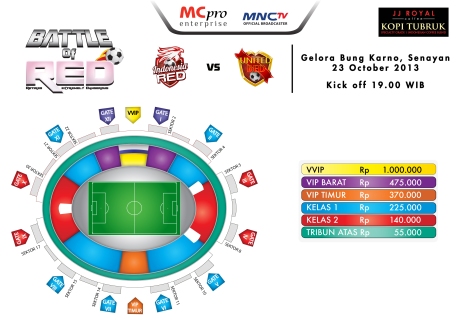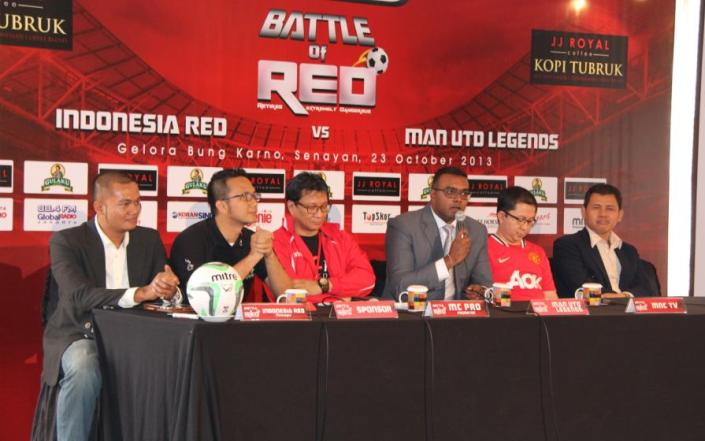 |
| Rescue workers searched the remains of Plaza Towers Elementary School through Monday night. By NICK OXFORD and MICHAEL SCHWIRTZ |
MOORE,
Okla. — A giant tornado, a mile wide or more, killed at least 91
people, 20 of them children, as it tore across parts of Oklahoma City
and its suburbs Monday afternoon, flattening homes, flinging cars
through the air and crushing at least two schools.
The injured
flooded into hospitals, and the authorities said many people remained
trapped, even as rescue workers struggled to make their way through
debris-clogged streets to the devastated suburb of Moore, where much of
the damage occurred.
Amy Elliott, the spokeswoman for the Oklahoma
City medical examiner, said at least 91 people had died, including the
children, and officials said that toll was likely to climb. Hospitals
reported at least 145 people injured, 70 of them children.
Plaza
Towers Elementary School in Moore was reduced to a pile of twisted metal
and toppled walls. Rescue workers were able to pull several children
from the rubble, but on Monday evening crews were still struggling to
cut through fallen beams and clear debris amid reports that dozens of
students were trapped. At
Briarwood Elementary School in Oklahoma City,
on the border with Moore, cars were thrown through the facade and the
roof was torn off.
“Numerous neighborhoods were completely
leveled,” Sgt. Gary Knight of the Oklahoma City Police Department said
by telephone. “Neighborhoods just wiped clean.”
He said debris and
damage to roadways, along with heavy traffic, were hindering emergency
responders as they raced to the affected areas.
A spokeswoman for the mayor’s office in Moore said emergency workers were struggling to assess the damage.
“Please send us your prayers,” she said.
Brooke
Cayot, a spokeswoman for Integris Southwest Medical Center in Oklahoma
City, said 58 patients had come in by about 9 p.m. An additional 85 were
being treated at Oklahoma University Medical Center in Oklahoma City.
“They’ve been coming in minute by minute,” Ms. Cayot said.
The
tornado touched down at 2:56 p.m., 16 minutes after the first warning
went out, and traveled for 20 miles, said Keli Pirtle, a spokeswoman for
the National Weather Service in Norman, Okla. It was on the ground for
40 minutes, she said. It struck the town of Newcastle and traveled about
10 miles to Moore, a populous suburb of Oklahoma City.
Ms. Pirtle
said preliminary data suggested that it was a Category 4 tornado on the
Enhanced Fujita scale, which measures tornado strength on a scale of 0
to 5. A definitive assessment will not be available until Tuesday, she
said.
Moore was the scene of another
huge tornado, in May 1999, in which winds reached record speeds of 302
m.p.h., and experts said severe weather was common in the region this
time of year.
But the region has rarely had a tornado as big and as powerful as the one on Monday.
Television
on Monday showed destruction spread over a vast area, with blocks upon
blocks of homes and businesses destroyed. Residents, some partly clothed
and apparently caught by surprise, were shown picking through rubble.
Several structures were on fire, and cars had been tossed around,
flipped over and stacked on top of each other. Kelcy Trowbridge, her
husband and their three young children piled into their neighbor’s
cellar just outside of Moore and huddled together for about five
minutes, wrapped under a blanket as the tornado screamed above them,
debris smashing against the cellar door.
They emerged to find
their home flattened and the family car resting upside down a few houses
away. Ms. Trowbridge’s husband rushed toward what was left of their
home and began sifting through the debris, then stopped, and told her to
call the police.
He had found the body of a little girl, about 2 or 3 years old, she said.
“He knew she was already gone,” Ms. Trowbridge said. “When the police got there, he just bawled.”
She said: “My neighborhood is gone. It’s flattened. Demolished. The street is gone. The next block over, it’s in pieces.”
Sarah
Johnson was forced to rush from her home in Moore to the hospital as
the storm raged when her 4-year-old daughter, Shellbie, suffered an
asthma attack. With hail raining down, she put a hard hat on her
daughter as she raced into the emergency room and hunkered down.
“We
knew it was coming — all the nurses were down on the ground so we got
down on the ground,” Ms. Johnson said from the Journey Church in nearby
Norman, where she had sought shelter.
At the hospital, she said,
she shoved her daughter next to a wall and threw a mattress on top of
her. After the storm passed, debris and medical equipment were scattered
around, she said.
Ms., Johnson said she and her daughter were safe, but she had yet to find her husband.
The
storm system continued to churn through the region on Monday afternoon,
and forecasters warned that new tornadoes could form.
An earlier storm system spawned several tornadoes across Oklahoma on Sunday. Several deaths were reported.
Russell
Schneider, the director of the National Oceanic and Atmospheric
Administration’s Storm Prediction Center in Norman, said the risk of
tornadoes throughout the region remained high going into Tuesday.
Some
parts of Moore emerged seemingly untouched by the tornado. Bea Carruth,
who lives about 20 blocks from where the storm struck, said her home
and others in her neighborhood appeared to be fine.
Ms. Carruth
had ridden out the tornado as she usually does, at her son’s house
nearby, the hail pounding away on the cellar where they had taken
shelter. Tornadoes have long been a part of life in Moore, she said, and
a few times a year, in a well-worn ritual, she goes into her son’s
cellar when the sirens go off.
As devastating as the tornado was, the quick thinking of some prevented the death toll from going higher.
When
the tornado sirens went off around 2:15, the staff of the AgapeLand
Learning Center, a day care facility, hustled some 15 children into two
bathrooms, draping them with a protective covering and singing songs
with them to keep them calm.
As the wind ripped the roof off one
of the bathrooms, and debris rained down on the children, they remained
calm, singing “You Are My Sunshine,” the assistant director, Cathy
Wilson, said. Though the day care center was almost entirely destroyed,
the children were unharmed.
“Not a child had a scratch,” Ms. Wilson said.
Nick
Oxford reported from Moore, and Michael Schwirtz from New York. Leslie
Metzger and Kathleen Johnson contributed reporting from Norman, Okla.,
and Dan Frosch from Denver. The New York Times













